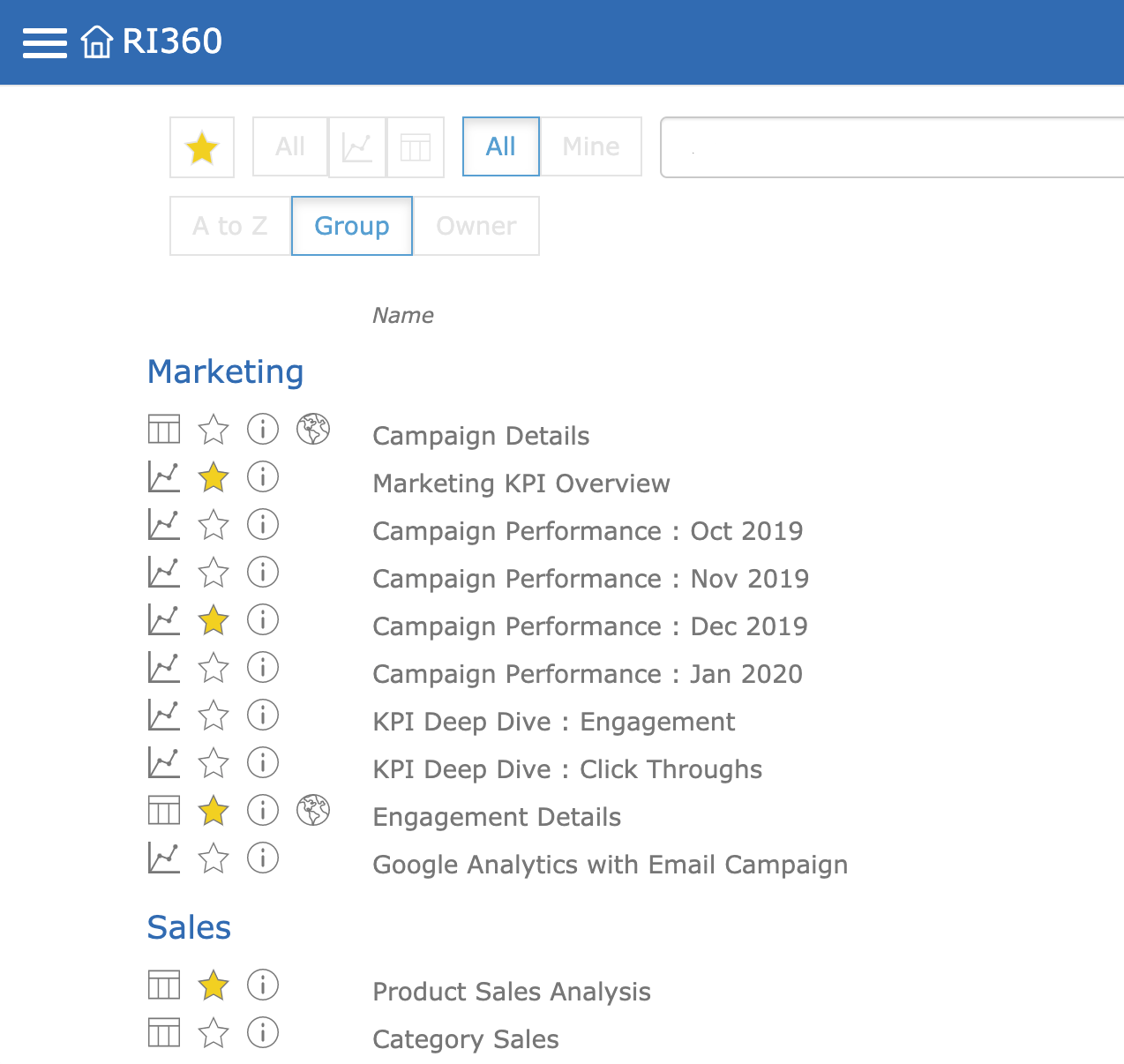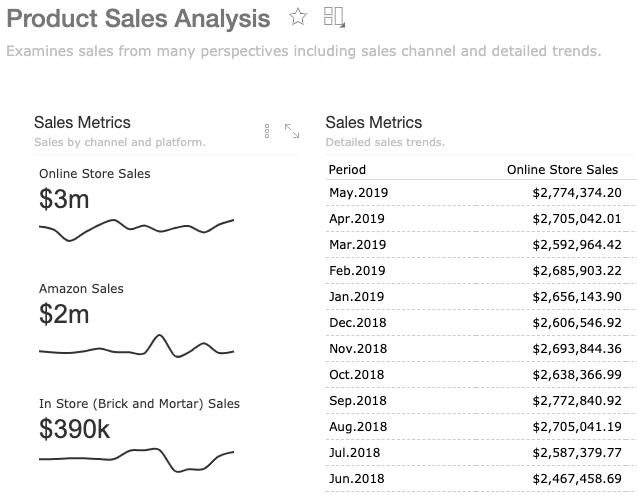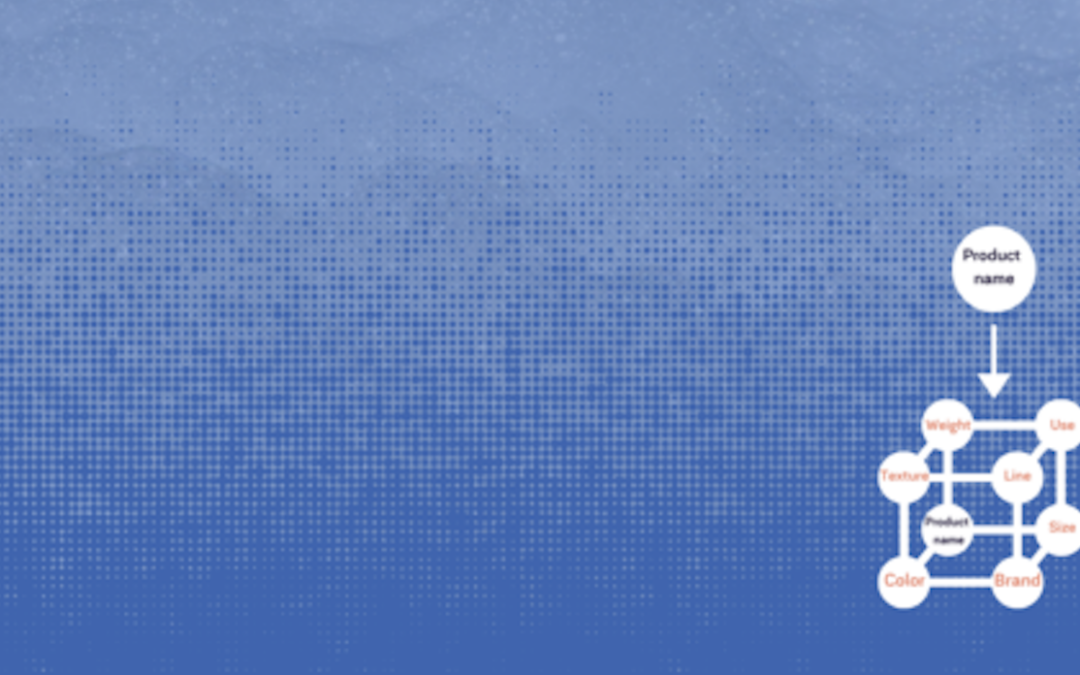Let’s set the scene: A business analytics software has been implemented at your organization. You hope to use the data to effect change and drive growth. But where do you begin? The user interface is overwhelming. You aren’t sure what questions to ask your data, let alone how to find answers within it.
There are two common pitfalls when starting with business analytics:
- Burn-out from spending too much time trying to find value with data but having few results.
- Uncertainty with where to start and constant de-prioritization of analyzing data.
Both lead to frustration and lack of momentum and analytics can easily (and quickly) be shelved. In our quest to find value immediately, we forget that we not only need to learn new technology, but we also need to be intimately familiar with our business data. Doing both at once and right away is exhausting.
So let’s talk about our recommended one-step to success with business analytics. Are you ready?
Here it is – our easy, fool-proof method for finding value in your business data. Anyone can (and should) do this – regardless of skill, knowledge, or role.
drum roll….
Spend 15 Minutes with Your Business Analytics Data Every Morning
No more, no less. If you take away one thing from this article, let it be that. Before you click away out of ‘Ugh that wasn’t as mind-blowing as I was expecting!’ – bear with us while we explore this important habit.

Knowing your business analytics data inside and out is vital to your success. Understanding what data is tracked, how it is tracked, when it is tracked, who tracks it, and most of all, what it measures and what you can discern from its patterns and trends.
If that sounds like a lot – that’s good, because it is! ‘Data literacy’ doesn’t happen overnight – it is not a sprint, it’s a marathon. The goal of the 15 minutes is to have a no-pressure, daily review of your business analytics data.
No Skill Required
It doesn’t matter what your skill level is, or how much business analytics knowledge you have – as long as you take 15 minutes every day, your comfort with the tool and understanding of your business will naturally build.
Maybe on the first day, you use the daily 15 to open each dashboard to see what it looks like. On the second day, you use the whole 15 reviewing one dashboard to find out what questions the presented information can answer.
Intentional Check-INs
In order to stay energized while establishing this new habit, we recommend as little planning as possible. Each day you spend with your data, simply make note of what you look at – a few quick bullet points of what you reviewed and what you learned.

Here are some examples of questions you can set out to answer: What reports and dashboards do you currently have and what do they track? How does your data flow through your organization? What questions does your data answer? What information are you currently recording?
The goal is a relaxed, no-pressure environment. Be mindful of how you use your time – try to stick to the allotted 15 minutes – but also realize it is a slow process.
Business Analytics Data Exploration
If you run into a question during your daily data check-in but aren’t sure of the answer or how to find it – write it down and save it for your weekly exploration session.
Each week schedule a longer session (45 minutes to an hour) for exploration. Tackle questions you found during the week that require time for investigation.
Make The Most of the Daily 15
This is all about establishing a new habit. Anyone can find success with the daily 15 because you only need productivity skills. Ideally, the daily 15 will be something that everyone at your organization participates in – it is a great team-building exercise and creates a foundation for data culture. Here are a few things we recommend:
- Schedule your daily 15 alongside your morning email checks
- Track your progress for a full month – whether with a checkbox on a calendar, or a habit tracker.
- Identify a single location for your daily notes. It could be a Google doc, some pages in your journal, or any number of note-keeping technologies.
- Schedule your weekly exploration sessions in advance.
- Measure your progress at the end of the month – What have you learned? Has it been a valuable use of your time?
- Work towards a daily to-do list of reports and dashboards you should review during your daily 15.
- Set goals each month and repeat.
Evolving The Daily 15
Once you have established your new habit of daily data check-ins, the exercise will grow and evolve however you allow it.
Perhaps your team will have weekly meetings to answer questions and discuss business analytics data. That session may start as a collaborative training arena and grow into weekly strategic business planning and evaluation.
Commonly asked questions such as ‘How are sales this month?’ or ‘What are our operational costs?’ will be easy to answer, and leave room for solving strategic queries such as ‘Where can we save money on operations?’
When everyone on your team is data literate, you are able to identify areas for improvement and opportunities for strategic changes. Whether that be with business changes, new reports and dashboards, or clearly defined goals and KPIs to measure against.
As the Daily 15 evolves, it fosters a data culture and creates a work environment where you reflexively check business data when looking for an answer to a complex question.
Final Thoughts
In the age of the internet, we all do analysis on a regular basis: evaluating the best flight to book, online shopping for the perfect laptop, using apps to manage health and fitness goals or tracking sleep patterns. Our lives are filled with data analysis, all that’s left is to take the intentionality we use in our personal lives and apply it to how we approach data in business.
Business analytics has one, non-optional requirement: time and diligence. For everything else, you may be able to fudge and still get it to work (maybe). Establishing a daily 15 ritual today is an easy way to start finding value in your business data. Try it for 30 days, and see what you learn.
Business analytics starts by creating a habit of daily data check-ins. Take time to learn your business data. With a few productive habits, anyone can be a data rockstar.
